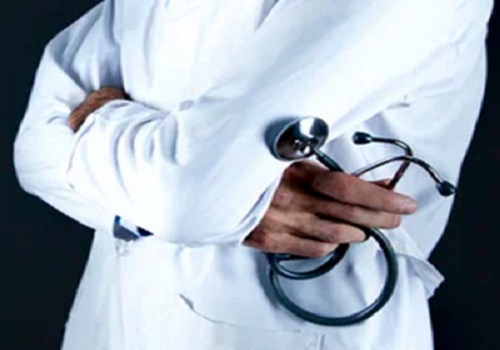Recent outflows notwithstanding, FPIs are long term Indian equity owners! by HDFC AMC

In the past month, FIIs sold ~Rs.29,000 crores in Indian Equity Markets, in-line with bouts of outflows seen in past few years. A possible reason for the recent selloff is the SEBI’s norms around FPI ownership. These were put in force in August 2023 to curb companies potentially circumventing SEBI rules such as those on minimum public ownership, by having indirect ownership structures. With the timelines suggested by the circular and the exceptions to various FPIs, the quantum of AUM impacted may not be large. With strong economic growth, macro resilience and stability, India remains an attractive market for FPIs to invest in, and will likely see long term inflows.
The norms as described in SEBI Circular dated August 24, 2023, intend to mitigate concerns around circumvention of regulatory requirements such as that of disclosures under Substantial Acquisition of Shares and Takeovers Regulations, 2011 (SAST Regulations) or maintaining Minimum Public Shareholding (MPS) in the listed company, by holding shares in FPIs that majorly hold shares of such promoter companies.
To counter this, SEBI has requested additional disclosures identifying beneficial ownership from certain categories of FPIs, in absence of which, they might have to surrender their FPI registration, and liquidate their holdings within 180 days of their registration becoming invalid. The categories of FPIs which are required to make such disclosures were those who own more than 50% of their Indian equity AUM in a single corporate group, or have AUM of more than Rs 25,000 crore. However, suitable exceptions were made to exclude FPIs having a broad based, pooled structure with widespread investor base, ownership interest by Government or Government related investors, etc. that may not pose significant systemic risk.
Considering these exceptions, the understanding is that the quantum of AUM that may end up being impacted by these may not be very large, and limited to select companies and not a market-wide phenomenon. And given the fact that liquidation needs to be done in a period of 180 days, ascribing a large part of the recent selloff may not be correct.
Flows from FPIs have been weak in the past few years, and as a result, their ownership of Indian equities are at a low of 17.6% versus 20% plus seen in December 2020. With rising weight of India in EM benchmark indices and flows not being commensurate, the active weight of FIIs has been lowering. Going forward this could change, with India’s growth potential being recognised by larger number of FIIs. Another point to note is that FPI flows amongst EMs in the recent quarters were low, when India saw positive flows. In light of this, the recent selloff doesn’t seem very large on a relative basis if we consider more than a couple of quarters.
Indian investors’ confidence in the markets have seen a significant increase, with stable flows coming in the form of SIPs of >Rs 18,000cr a month, along with institutional money from Pension Funds and Insurance companies. Sustained domestic liquidity makes Indian markets less susceptible to volatility associated with foreign capital flows. This has been validated with recent bouts of FPI outflows having much lower impact than that seen in the past.
India’s strong growth, especially on a relative basis to the world, should act as a strong force in favour of long term foreign portfolio flows. Macro resilience and stability are also a key attraction. The valuation premium vs other Emerging Market peers, however, could prove to be a headwind in the near term. In the long term, India’s rising weight in the Emerging Market indices further limits the ability to ignore India allocation, and could result in an increase in FPI investments.
We believe that in the medium to long run, the outlook on equity markets should continue to remain positive on the back of factors like structurally robust domestic growth outlook, healthy corporate profitability, and pro-growth policies. These are the same reasons why India could remain a key market from the perspective of FPIs.
Above views are of the author and not of the website kindly read disclaimer























